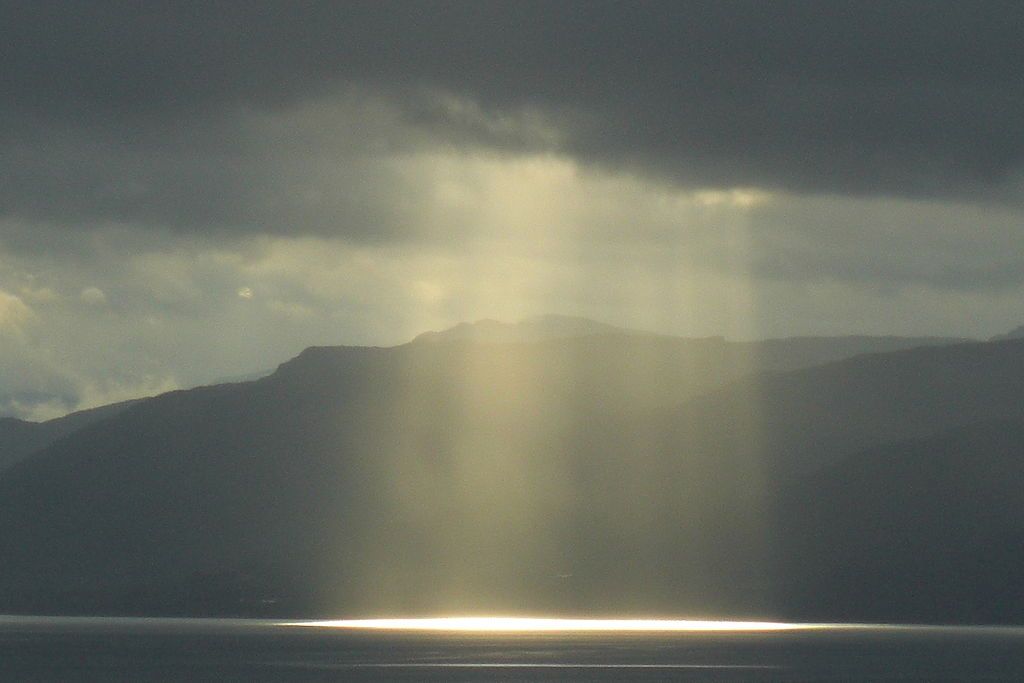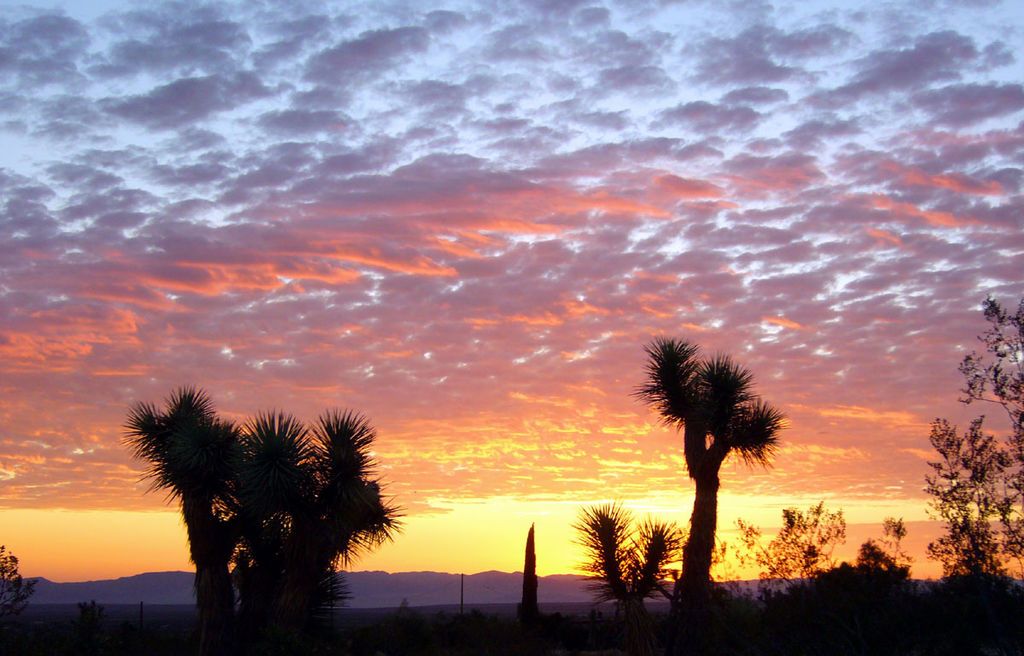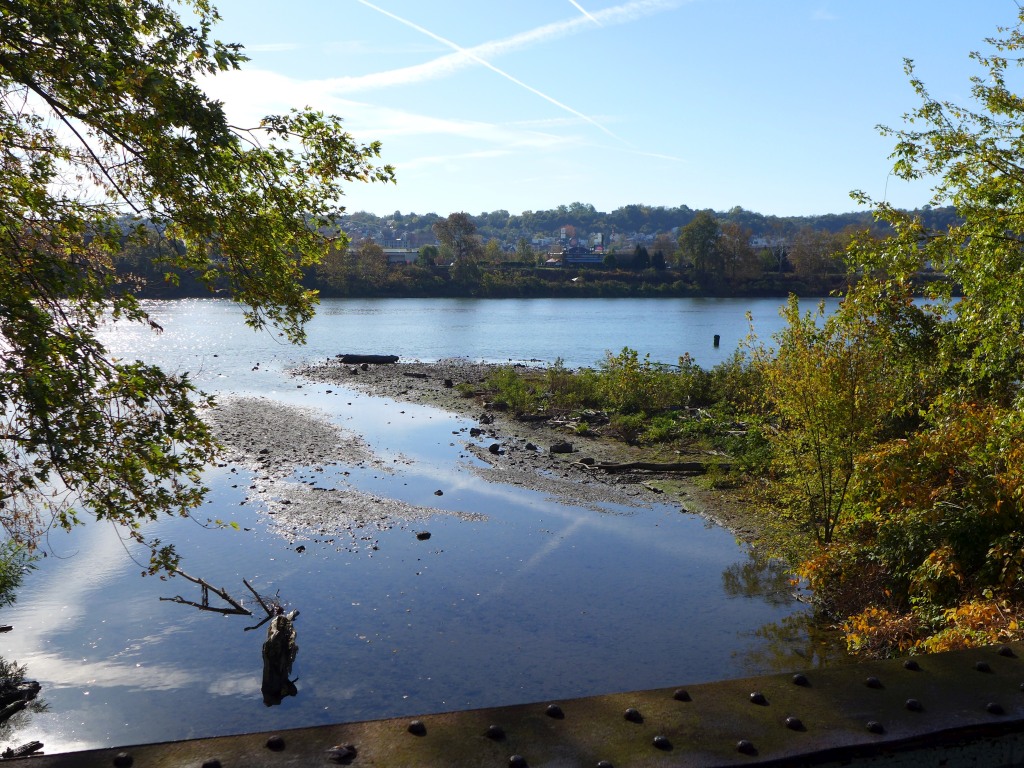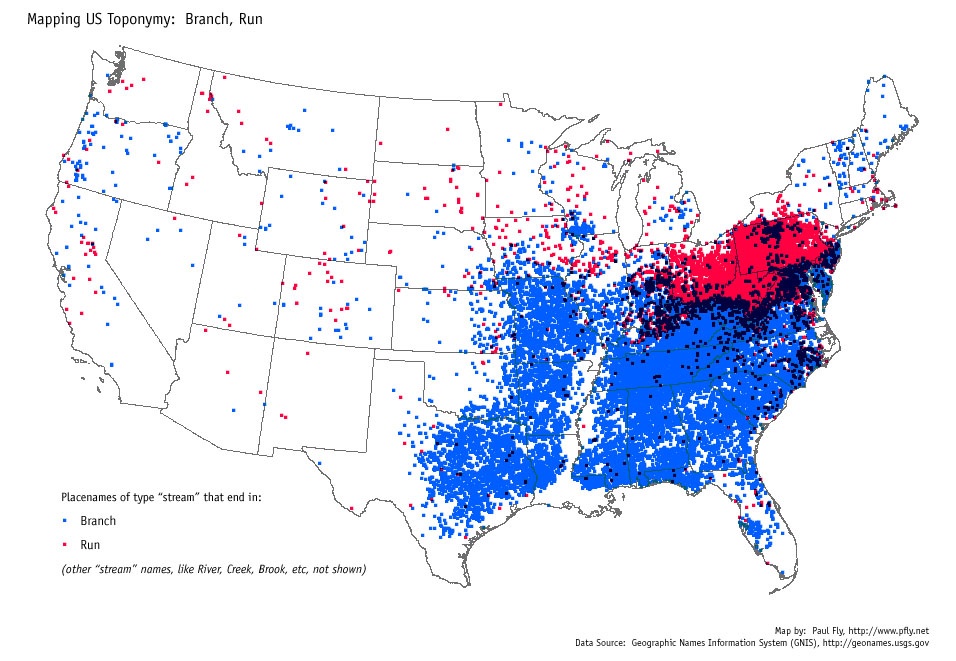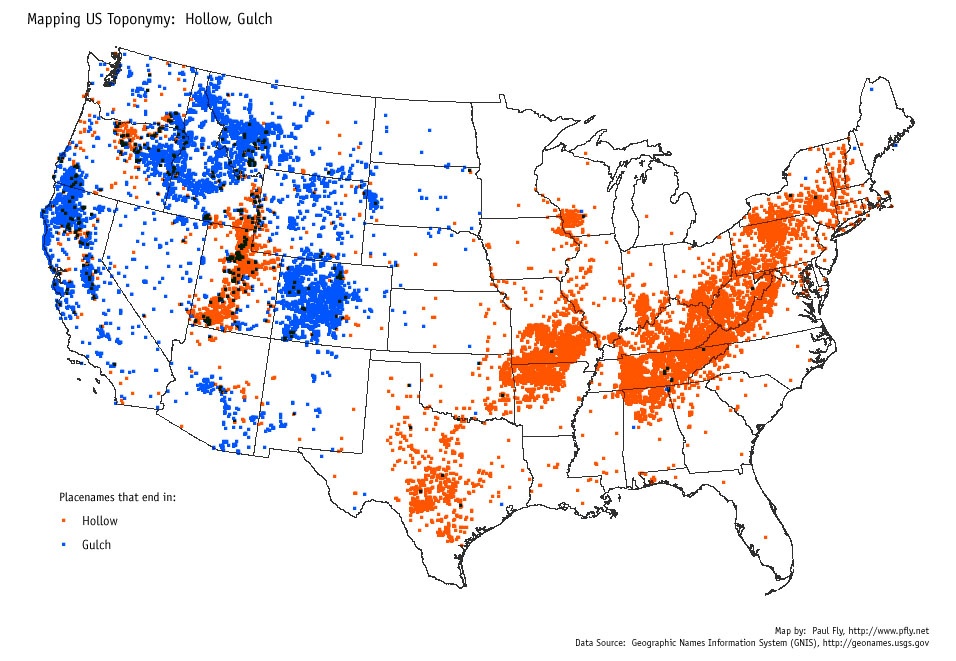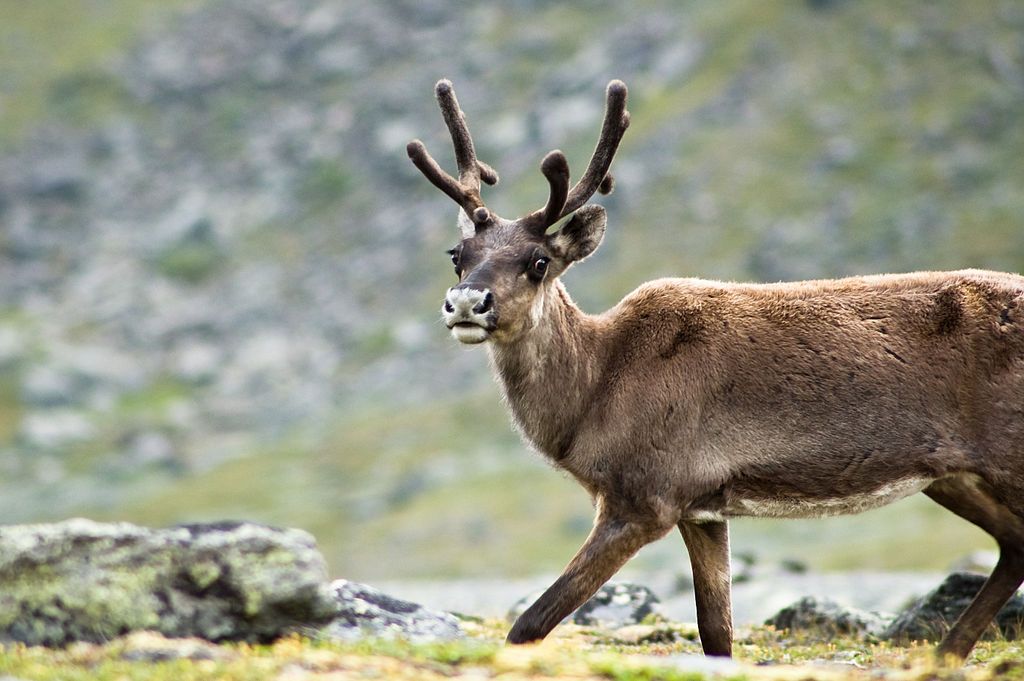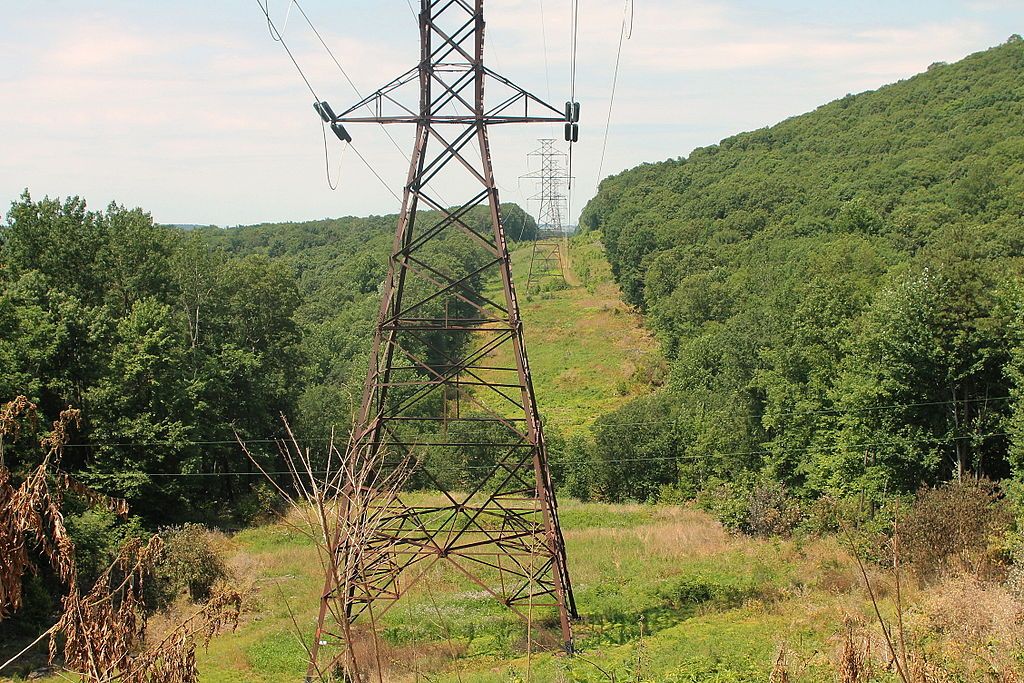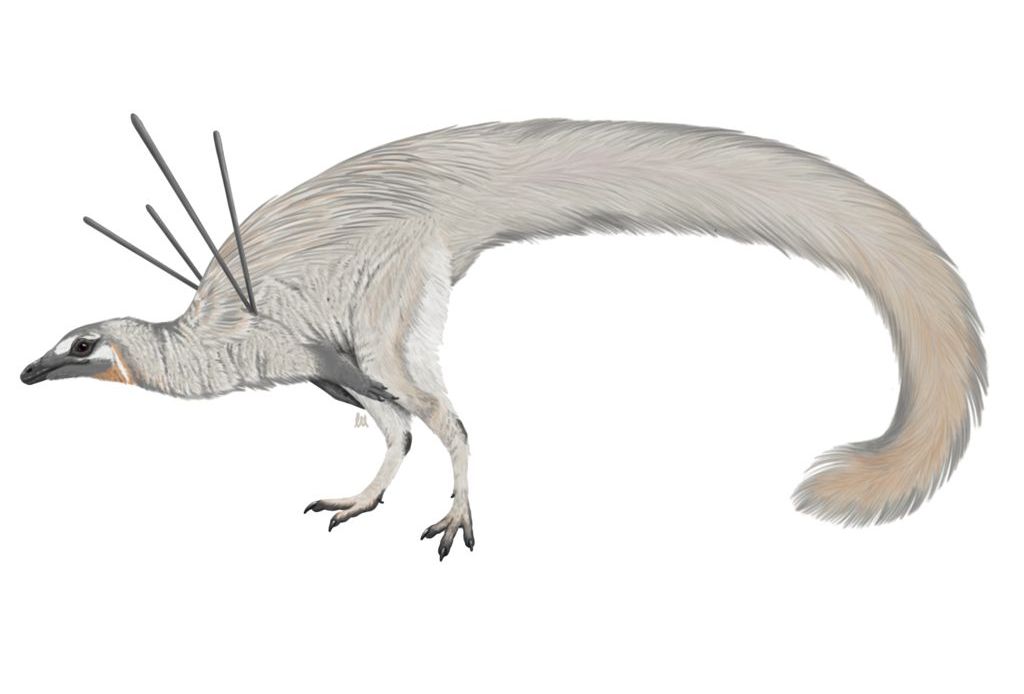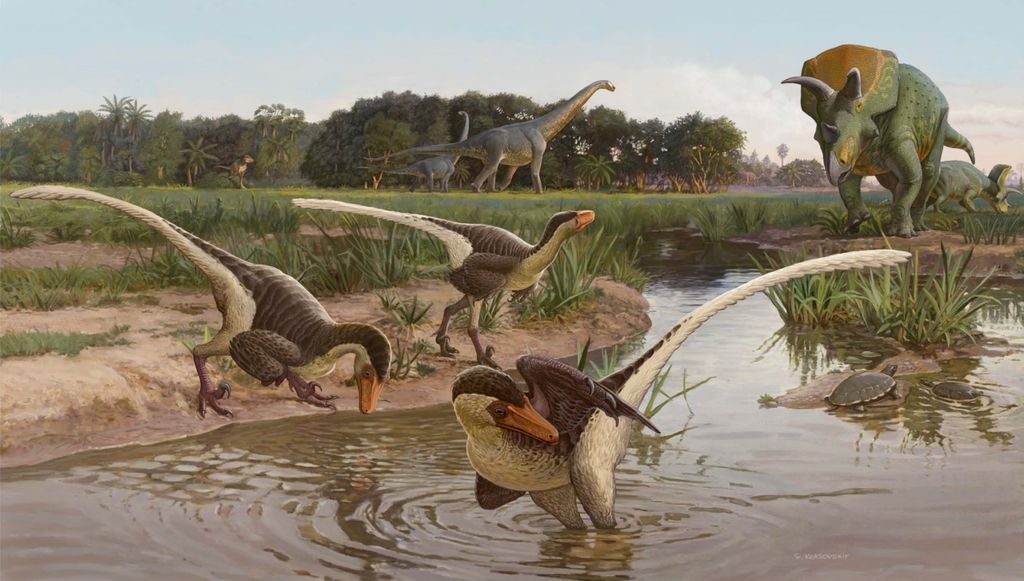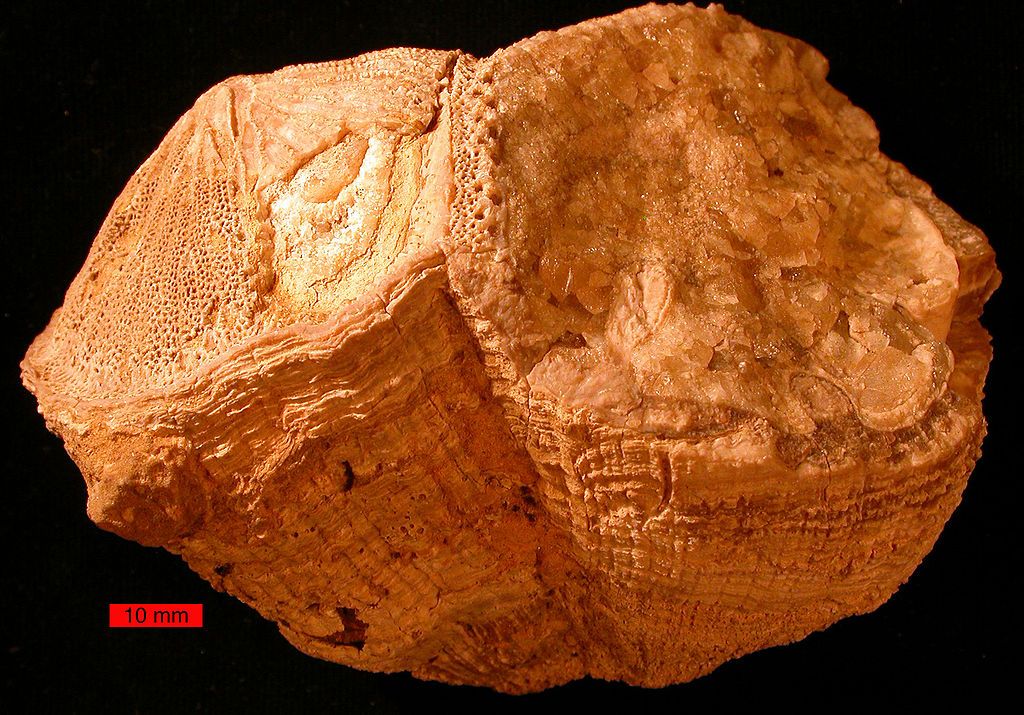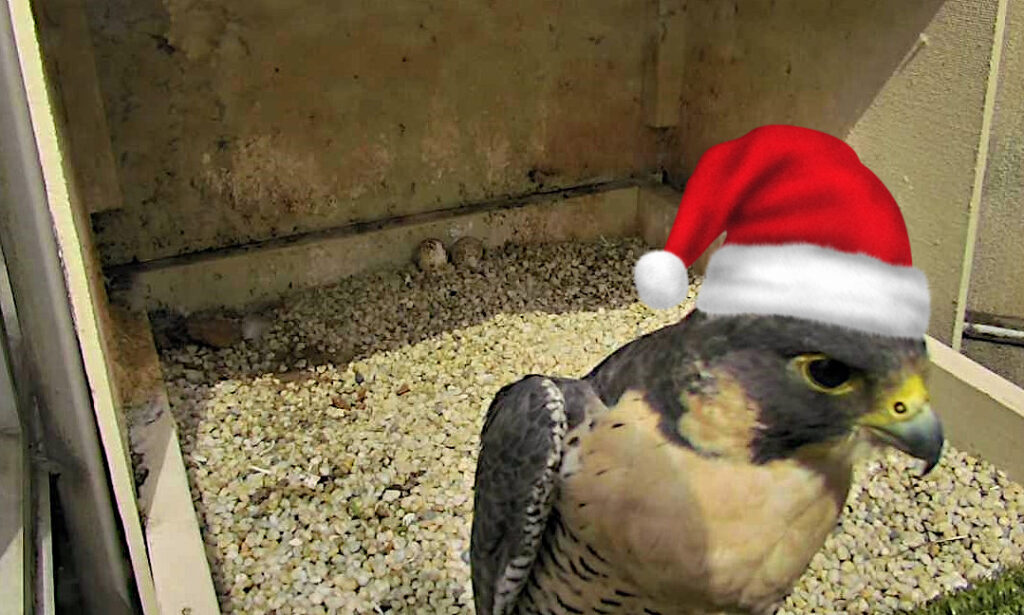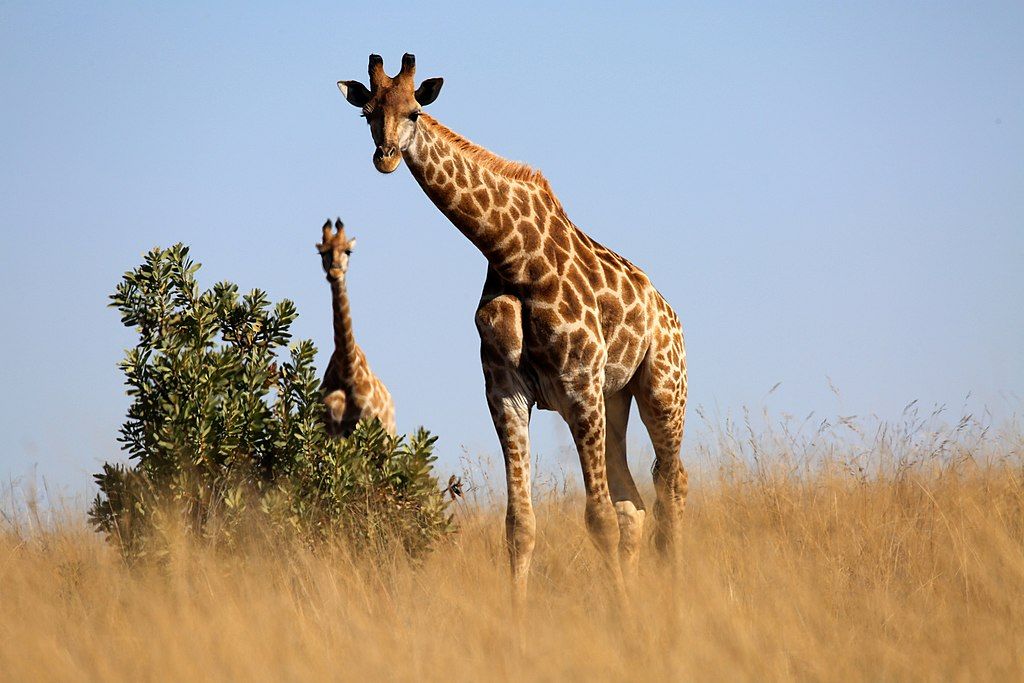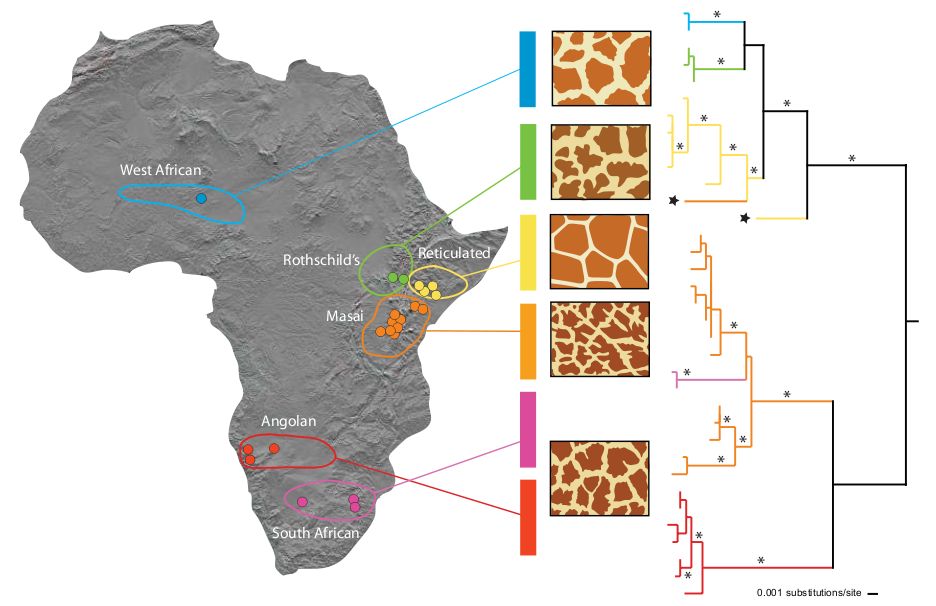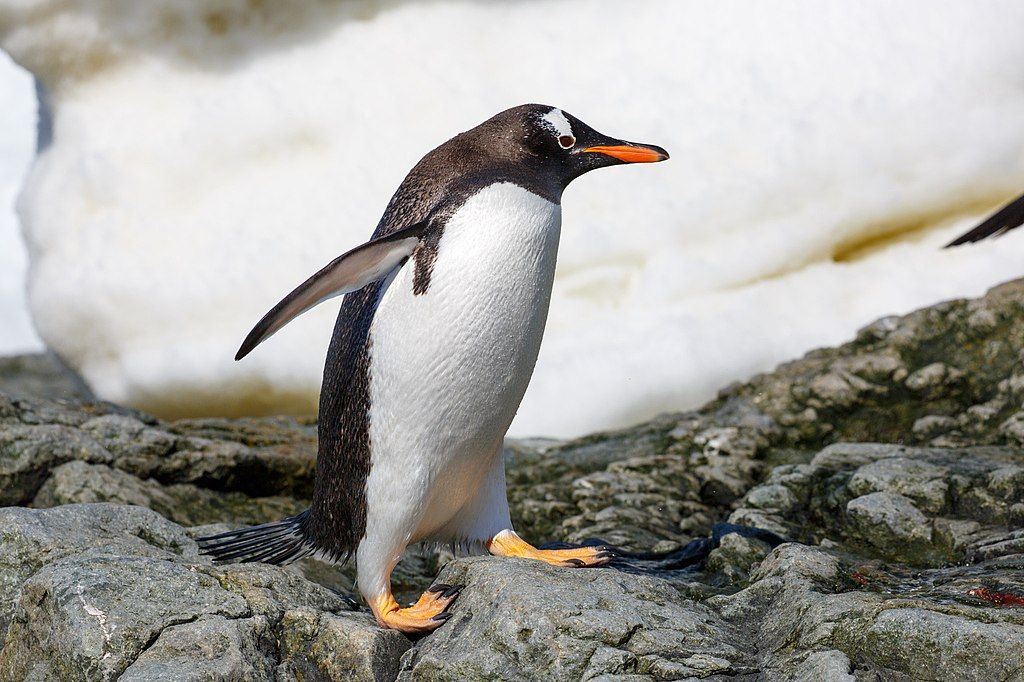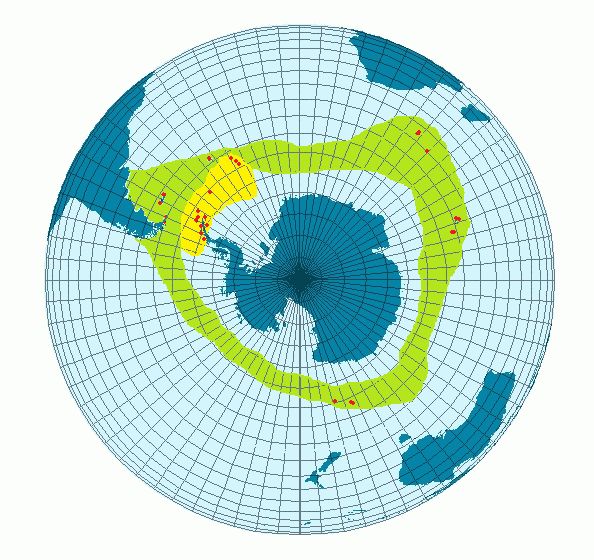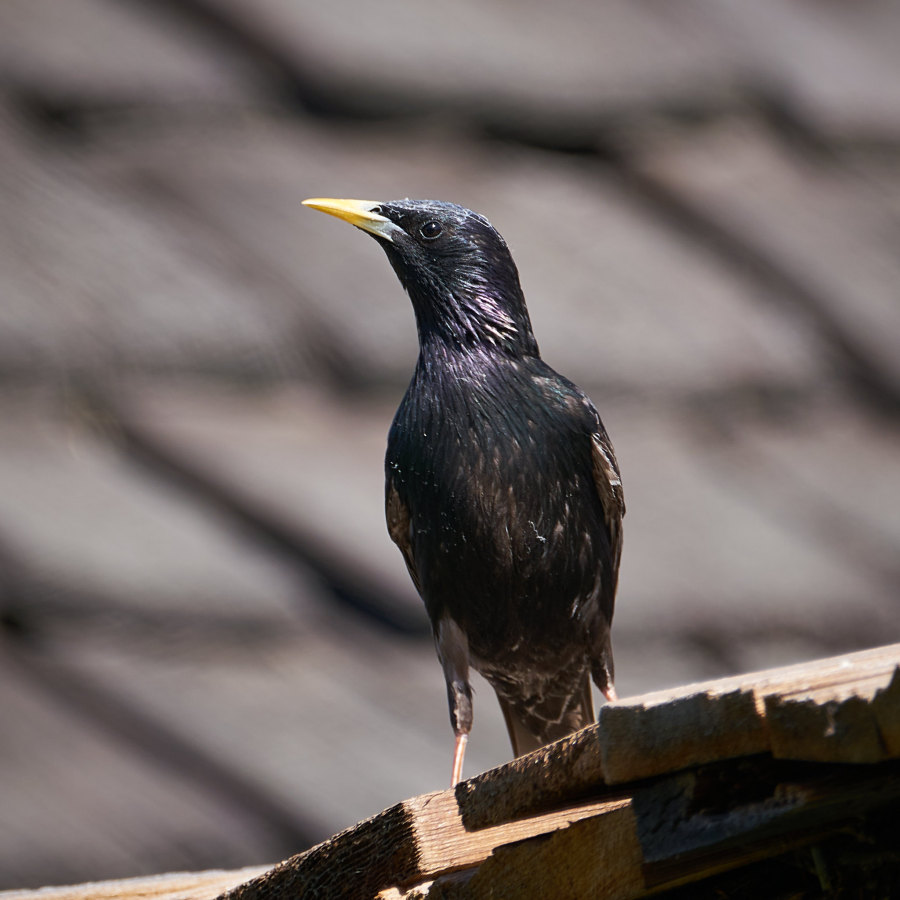
3 February 2021
It’s time to set the record straight. European starlings were indeed introduced to North America in 1890 and 1891 by the American Acclimatization Society and the man responsible for it was indeed Eugene Scheiffelin, but his plan had nothing to do with Shakespeare.
The apocryphal story is everywhere, including my own blog post in Feb 2008, Nothing But Mortimer, below, which is INCORRECT in two respects.
European starlings didn’t live in North America until 1890-1891 when a Shakespeare fan, Eugene Scheiffelin of the American Acclimatization Society, released 100 of them in New York’s Central Park because he wanted every bird mentioned in Shakespeare to live in the United States. Starlings make only one appearance in Shakespeare’s works — in Henry IV, Part 1 — and that was because they are mimics.
— Outside My Window, Nothing But Mortimer, Feb 2008
The Shakespeare story is quite intriguing but if you look into it, as did John MacNeill Miller, Associate Professor of English at Allegheny College, and his student Lauren Fugate, some of the details don’t hold up. Here are two of them:
INCORRECT: “Starlings didn’t live in North American until 1890-1891.”
Actually starlings were released in the U.S. multiple times in the 1870s and 1880s. Wild flocks were reported during that time.
INCORRECT: “Starlings are here because Eugene Scheiffelin wanted every bird mentioned in Shakespeare to live in the U.S.”
As I said, the Shakespeare connection makes it a nice story but the historical record doesn’t bear up. John Miller explains why.
As far as Lauren and I could tell, the Shakespeare connection is first mentioned by the popular mid-century science & nature writer Edwin Way Teale in his collection of essays, Days Without Time (1948). Schieffelin and the (NYC-based) American Acclimatization Society definitely released the birds in 1890 & 1891, although those were probably among the last releases, rather than the first. (The American Acclimatization Society had themselves released starlings at least once before, back in the 1870s.) So we’re talking about a space of nearly 60 years after the last AAS release that the Shakespeare link is first asserted…and more than 40 years after Schieffelin’s death in 1906.
— email from John Miller, 8 Jan 2021
Learn more about starlings in John Miller’s lecture at Phipps’ Virtual Biophilia in January 2021: Pittsburgh Meeting | A Story That Shaped the Sky:
Sorry, Starlings, to burst your literary bubble.
(photo of a European starling (mislabeled as a crow) by Pedro Szekely via Flickr Creative Commons license)
p.s. Phipps Conservatory’s Biophilia offers monthly lectures at this link.
